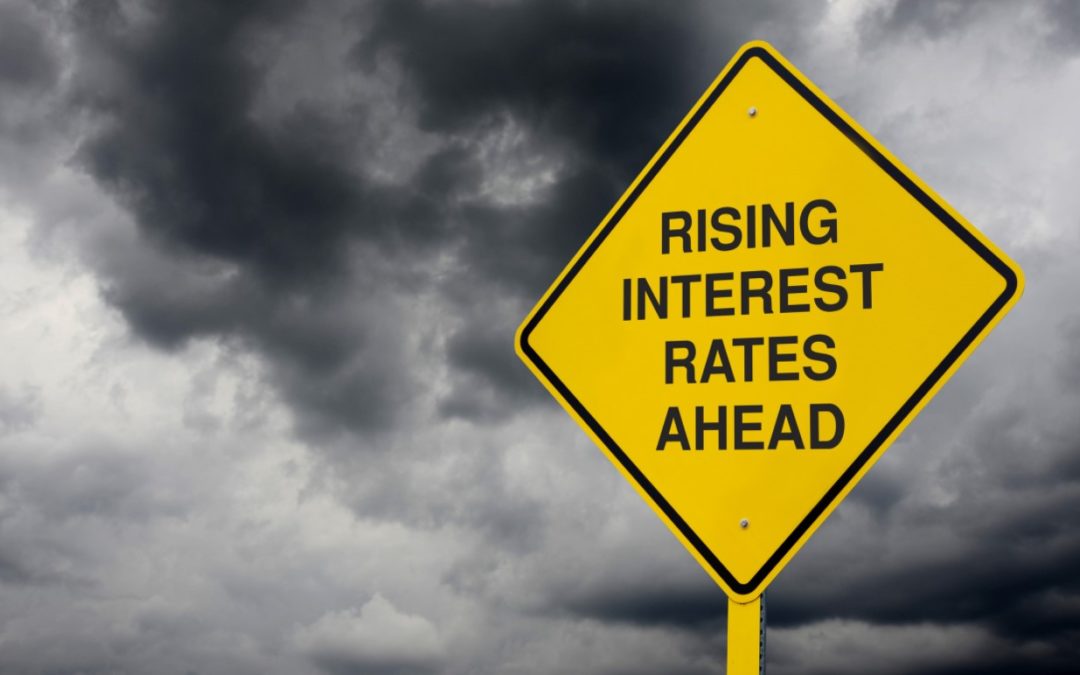With interest rates at historic lows, many investors feel nervous having bonds in their portfolio, given that bond prices have an inverse relationship to interest rates: when interest rates start to go back up, bond values will fall, causing principal losses for bond portfolios. And while this inverse relationship is accurate, I hope to show in today’s post why this fear is overblown.
First, though, let’s take a step back for a moment and talk about the role bonds play in a portfolio, and why the investment characteristics of bonds makes them ideally suited for that role.
Determining The Right Asset Allocation
To start off, I can tell you that formulating the right investment allocation for a client – the right mix between stocks, bonds and short term reserves – is more of an art than a science. When I go through the process of getting to know a potential client, many factors play into my recommended investment allocation.
I help them define their financial goals, map out their financial situation to assess their ability to take on investment risk, gauge their willingness to take on investment risks, etc.
The needle I try to thread in coming up with the ideal investment mix for them is making sure we have enough stocks to provide the growth needed to fund their goals while also making sure we’re not taking on so much risk that they are tempted to panic during market downturns. In other words, if the portfolio is too aggressive and there is more volatility than this particular investor can handle, they are often more prone to emotional, knee-jerk reactions during volatile markets, which does more harm than good.
Why the Stock Market Goes Up Over The Long Term
You see, the stock market ALWAYS goes up over the long term – it has to, it’s one of the fundamental truths of investing. In order to induce you to take on the risk of investing in the market, the market has to compensate you for that risk in the form of some sort of positive return over time. If it didn’t, if the market provided a negative return and investors were expected to lose money over the long term, then NOBODY would invest in it, and the market would cease to function.
In reality, if we were to see some of the worst-case scenarios that many investors worry about actually play out, we could see the long term average market return get dragged down from the 10%+ historical average the U.S. stock market has returned annually, but it will still be positive over the long term.
How Bonds Help With Investment Discipline
The upshot here is that as long as investors stay the course, stay disciplined, and stay invested in the market throughout the ups and downs, they will capture the full market return over the long term.
The problem – the inherent flaw that throws a wrench in the works – is that investors are human beings who experience a full range of human emotions daily, and investing does not mix well with emotions. Studies have shown the average investor ends up underperforming the long-term market average by about 2% annually, and it is typically because they have more volatility in their portfolio than they can handle.
So, when the market goes into a downturn, they panic and react emotionally, often pulling out of the market, which short-circuits the process of capturing the full market return over the long term. This is where bonds come into the picture, helping to stabilize the portfolio so that we can align its level of volatility with the client’s risk tolerance, thereby enabling the investment discipline to achieve better outcomes over the long term.
How Bonds Help Stabilize Portfolios
Looking at historical data going back to 1926, the worst year of losses for the S&P500 index was a loss of 43.3%, while the worst year for bonds was a loss of 8.1%, so right off the bat you can see how bonds help to provide stability to a portfolio.
Furthermore, bond returns exhibit an inverse correlation to stock returns, meaning that when stock values are going down, bond values often (not always, but often) go up; this makes bonds particularly good at counterbalancing the volatility of stocks – even better than cash, which does not increase in value when stocks devalue.
This inverse correlation can be attributed to the fact that many market-timing investors, when they get nervous about stocks losing value, tend to reallocate to Treasury bonds as a safe haven, which drives up the price of bonds and causes their returns to improve.
Long story short, bonds are particularly well-suited to serve as the ballast to a portfolio, helping to keep it relatively stable when waters get choppy in the stock market.
What Happens to Bonds When Interest Rates Go Up?
However, with interest rates at historic lows, I have been getting a lot of questions from clients about if it still makes sense to maintain allocations to bonds, given that bonds will experience principal losses when interest rates inevitably go back up. The Fed currently has short term interest rates at the zero bound, and if we take the Fed at their word that they have no interest in experimenting with the negative interest rates we have seen some other central banks test out, one must assume interest rates can only go up from here.
Part of the reason so many investors have these questions about bonds is because we have lost sight of what bond investing in a normal environment looks like; we just exited an extended cycle of falling rates (again, leading to increasing bond values) going back to 1981 when interest rates peaked above 22% as part of Paul Volcker’s successful efforts as Fed Chairman to tame inflation.
Bond Performance In Past Rising Rate Environments
So, we’ve just come out of a 30 year bull market in bonds, where we’ve grown accustomed to above average bond returns, and I think investors have just sort of forgotten how to utilize bonds in a rising interest rate environment. So, as a reminder, I think it’s helpful to go back to the late 1970’s and early 1980’s to look at how bonds performed the last time we found ourselves in a sustained rising interest rate environment (I referenced the Barclays US Aggregate Bond Index, given that it is the benchmark to the domestic bond funds I typically recommend).
When interest started going up during this time period, you absolutely did see bond principal losses in the short term; however, the rising interest income received as a result of these rising interest rates more than offset those principal losses over the medium term. Stated another way, it only took a few years for the increased interest income associated with rising rates to offset the principal losses associated with those rising rates; it’s not like it took a decade or two to climb out of that hole!
Bond Performance Going Forward
All this to say, with interest rates close to zero right now, we should get used to the idea that we’re not going to see the same above average bond returns going forward that we’ve become accustomed to. However, bonds will still be stable relative to equities, so they will still serve as the anchor to help stabilize portfolios.
This is particularly crucial during the years leading up to and immediately following retirement. The Fed, with its August 2020 announcement that it is making a shift to how it approaches inflation, has been clearly signaling that it plans to leave interest rates lower for longer than we’ve seen in the past.
This means it could be years before we see inflation start to go back up again, so I don’t think we’ll have to worry about this for a long while. But even when interest rates do start to go back up, history tells us we have nothing to fear from falling bond values, as the higher interest income more than offsets the principal losses.

